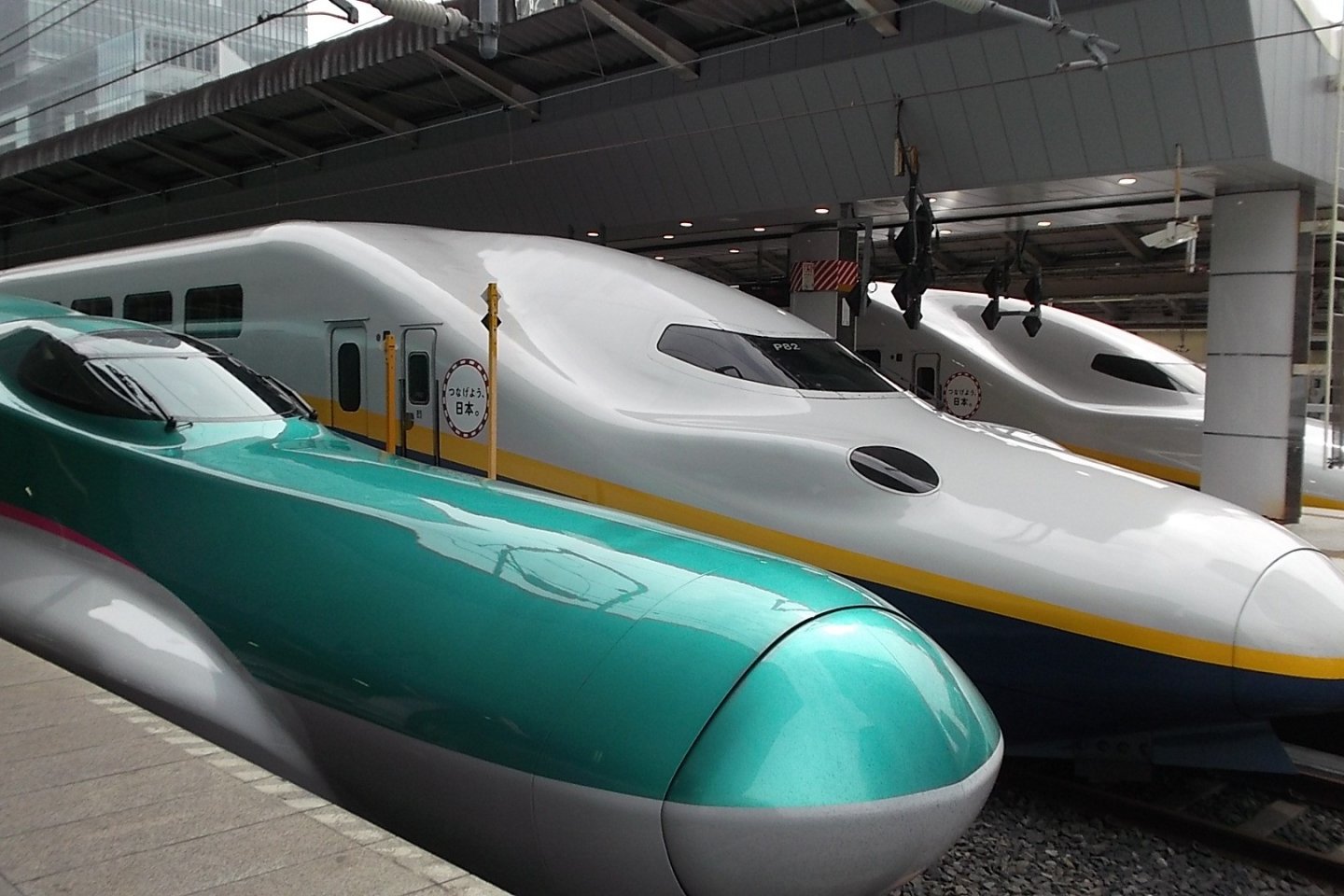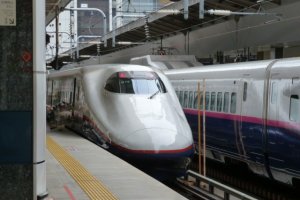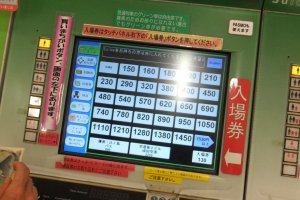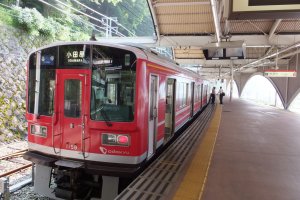When I moved to Japan in 2013 I had already experienced train travel many times while on trips throughout the country. So I decided to not attempt to obtain a driver’s license and exclusively use trains, buses, taxis, and airplanes.
Of the 51 busiest train stations in the world only 6 are NOT located in Japan. My home station Yokohama is number 5 with over 760 million passengers per year
This article is directed towards trains. We use taxis when traveling in the countryside, because they have reasonable rates verses the cities. Buses for tours, back and forth to the airport and in some cities, very inexpensive loop buses. Airplane service in Japan is excellent for travel between far away cities. For our daily life trains/subways are our main mode of transportation. Even though my Japanese is limited I understand the announcements at the stations having heard them hundreds of times. I learned to use the train system by going off on my own to nearby cities. After getting lost a few times I learned my way back.
Tickets
Most large stations have a travel center where you can purchase reserved seats for your trip.
Assuming you are standing inside a train station the first thing you need is a ticket. You can purchase a prepaid rail card (Suica-JR East, Pasmo-Tokyo railway, subway and buses other than JR.) at the airport or at major stations, which is the easiest way because you only have to charge the card and travel. It is very smooth. All major cites have their own prepaid rail cards. If no prepaid card, there are ticket machines at every station right before the turnstile entrances. Right above the machines is a rail map showing the various stops and costs. In the large cities the maps have English, if not, you can usually find the train maps in English on line, especially if you're using JR lines.
Apps & Maps
Today you can even download to your smart phone free rail apps for up to date information.
I have actually downloaded almost all the major city train station maps. Some can be very confusing as to where you catch a train and where a connecting train may be. For example, in Yokohama I use tracks 9 & 10 (Yokosuka line) to and from my home, but to travel to Kannai I need to go to Tracks 3 and 4 using the Negishi line. There are large digital signs indicating the train destination, on which track and time it will arrive.
Types of Trains
From my assessment there are five categories of trains: 'Bullet' for the long quick trips, 'Express' which is quick but with some stops, 'Rapid' which is also fast but with many stops, 'Regular' with stops at almost every station and finally the 'Commuter' train which can be a combination of the previously mentioned four. During rush hour the commuter trains are packed like sardines, standing room only and you have to know how to push your way to the exit when you reach your destination. Even then, most riders are courteous and for certain lines, if you're willing to pay extra you can buy green car tickets (middle cars of the train) and have an excellent chance of obtaining seats. You need a good pair of walking shoes as everyone in Japan walks. Not all train stations have escalators and you will have to climb up and down the stairs to the platforms and main entrances.
Long Distance Trains
The bullet trains (Shinkansen) are a great experience with some traveling at over 200 miles per hour. For long trips I take some motion sickness pills just in case. Usually the long distance trains have a food vendor who comes by your car several times with snacks, bento boxes, and all types of drinks. The seating is very comfortable and has plenty of room.
Stations
Many of the train stations have interesting architectural designs. For instance, the new Kyoto Station, which is the second largest in Japan, was designed with input from 6 different countries.
When they are ready to close the doors there is a musical prelude which is unique to that particular station. At the Sakuragicho station the music is “I’ve been working on the railroad.” Appropriate because this was the first station in Japan - it was founded in 1872.
The trains are clean and on time. The stations in almost all the cities are within walking distance to major attractions, lodging and restaurants.The main terminals are like a shopping mall in that you can pretty much purchase anything you want without leaving the station.
Packages and Rail Passes
There are reasonable rail vacation packages, which include hotels and entrance fees. Prior to your trip you can purchase a JR Rail Pass for a significant discount that is only available to foreign travelers. http://www.japanrailpass.net/eng/en002.html The rail pass can now be obtained at Narita Airport.
Lost Items
Oh, and if you accidentally leave your valuable belongings on the train do not fear-you can usually recover them at the next stop. We left a cell phone on the seat and after we arrived home discovered it missing. Miwa called JR and was told it was waiting for us in Totsuka the station after ours. I am not the only one who has had this experience. Several of my friends have left all types of electronic devices on the trains only to later retrieve them.
Quiet
I will mention that with the exception of some schoolgirls/boys the trains are very quiet. If you hear adults talking loudly then they are most certainly foreigners. Recently we used the Sydney rail system and you could hardly say a word above all the noise. Not complaining; just a different culture.
Finally
During your trip to Japan you will likely use the rail system. Make sure you learn a little about the trains you will be using, how to get around the stations and it will be a fun experience.




































I would love to ride these bullet Shinkansens!